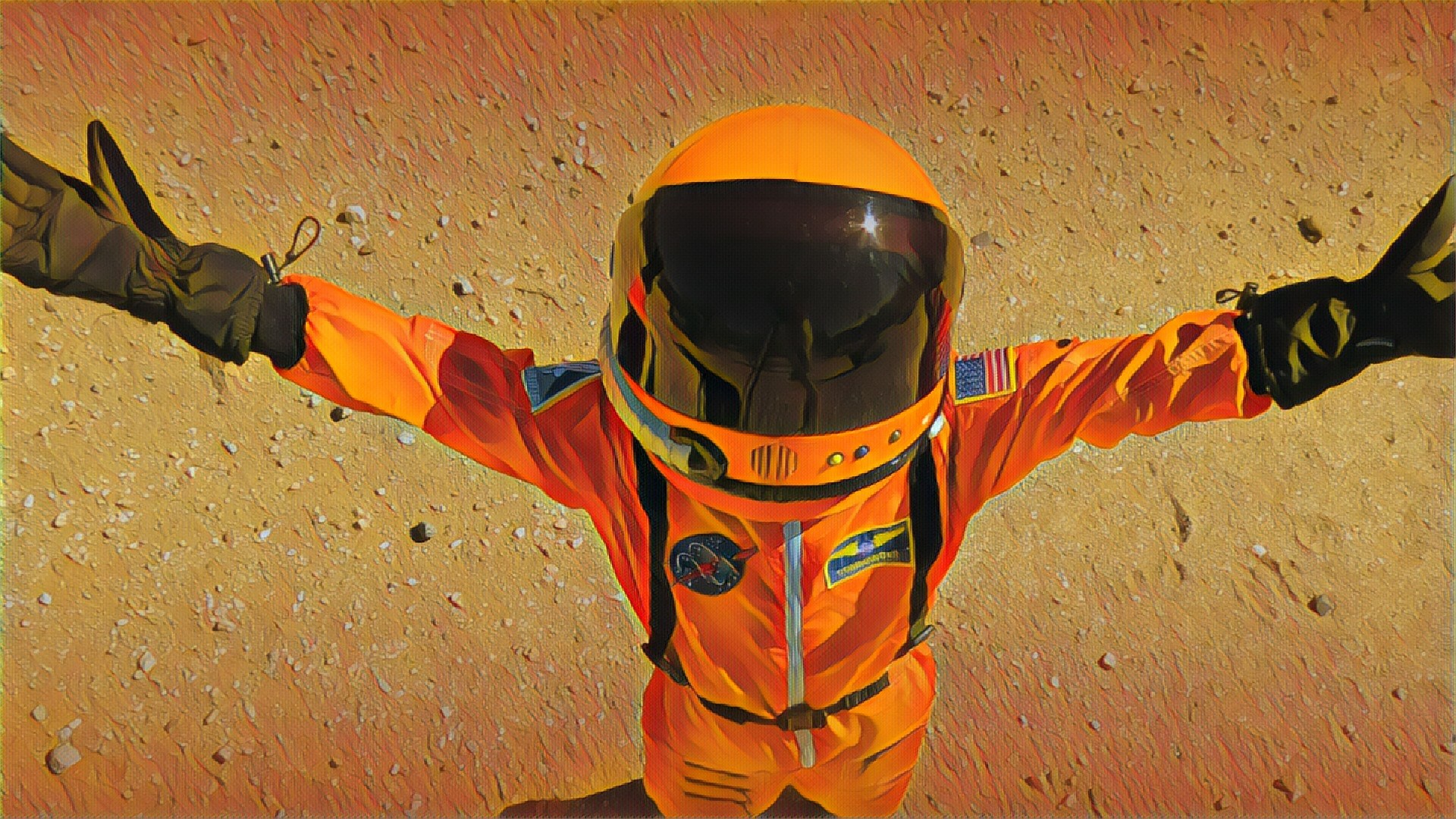The Moon is a distraction. We don’t need to go there in order to go to Mars.
“Mars is a far more rewarding target, both philosophically and scientifically, than the moon ever was. So let’s challenge ourselves and go there next.”

Book Series
The Moon is a distraction. We don’t need to go there in order to go to Mars.
“Mars is a far more rewarding target, both philosophically and scientifically, than the moon ever was. So let’s challenge ourselves and go there next.”
Illustration for Book One, Scratching the Surface, is well under way. Here is an in-progress sequence of the work on Chapter 4. Continue reading “Illustration progress, Chapter 4”
I found this profoundly moving. Clair de Lune is always one of those prickly hair on the back of the neck songs for me. But this takes it to an entirely new level.
Bravo, NASA Goddard.
Here’s a recent webinar on terraforming Mars from the NASA MAVEN Mission to Mars youtube channel. The TL;DR is that it will be monumentally difficult, but sooner or later we are likely to try it. In the meantime, we shouldn’t get hung up on the feasibility of the endeavour as we make plans for exploring and colonizing Mars.
Along the way is a great deal of information on the history of Mars, including the questionable relevancy of its lack of magnetic field, and details on what it would take to terraform a planet.
Humans love the idea of a rebel. But only the idea. Take action too far outside the box of current experience and you begin to hear the Greek Chorus of naysayers heckling you, gleefully glomming onto anything that might pull you back within accepted norms.
Such has been the case recently regarding a paper in the journal Nature Astronomy, which reported that there does not appear to be enough CO2 on Mars to allow for terraforming. I can’t count the number of articles that have floated through my various feeds starting with the mocking phrase “Sorry Elon…” Google it yourself and see what I mean.
I’m thrilled to announce that Generation Mars has an illustrator! Luis Peres, master illustrator of science fiction and fantasy, will bring his vivid style to Book One: Scratching the Surface. The image above is from his existing portfolio and serves as an example of his work. The actual illustrations are currently under development. You can see more of his work by clicking the link below, and I encourage you to take a look. It’s wonderful stuff!
Mars is a dusty place. Researchers now think much of this dust comes from a single feature on the surface. Overview below. Original article here: https://www.nature.com/articles/s41467-018-05291-5
Want to build your own rover? NASA/JPL will show you how. This could be a very fun project, if you happen to have $2500 available.
I really like this picture. Not only does it show surprising detail despite the dust storm, but look at those moons!